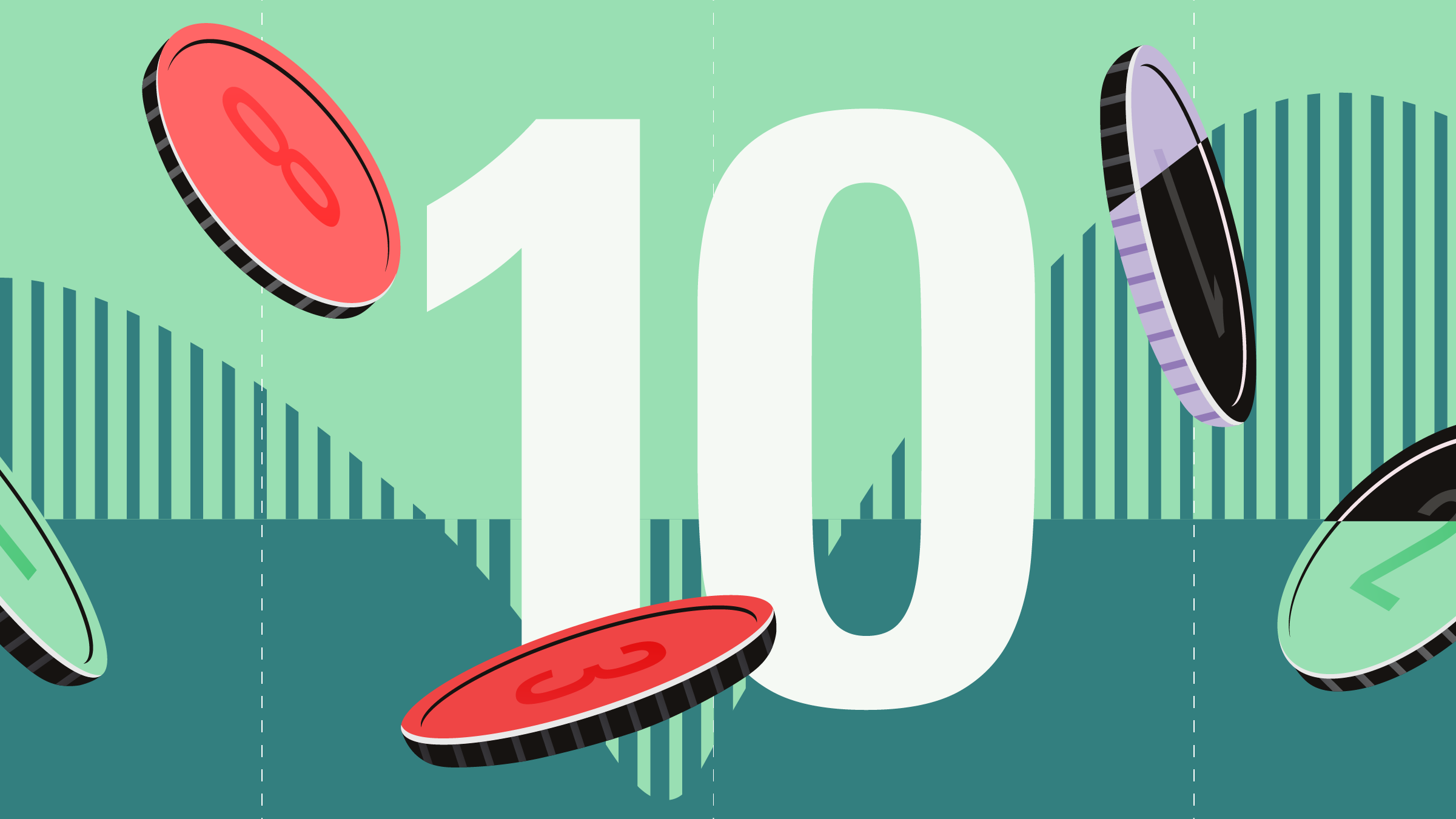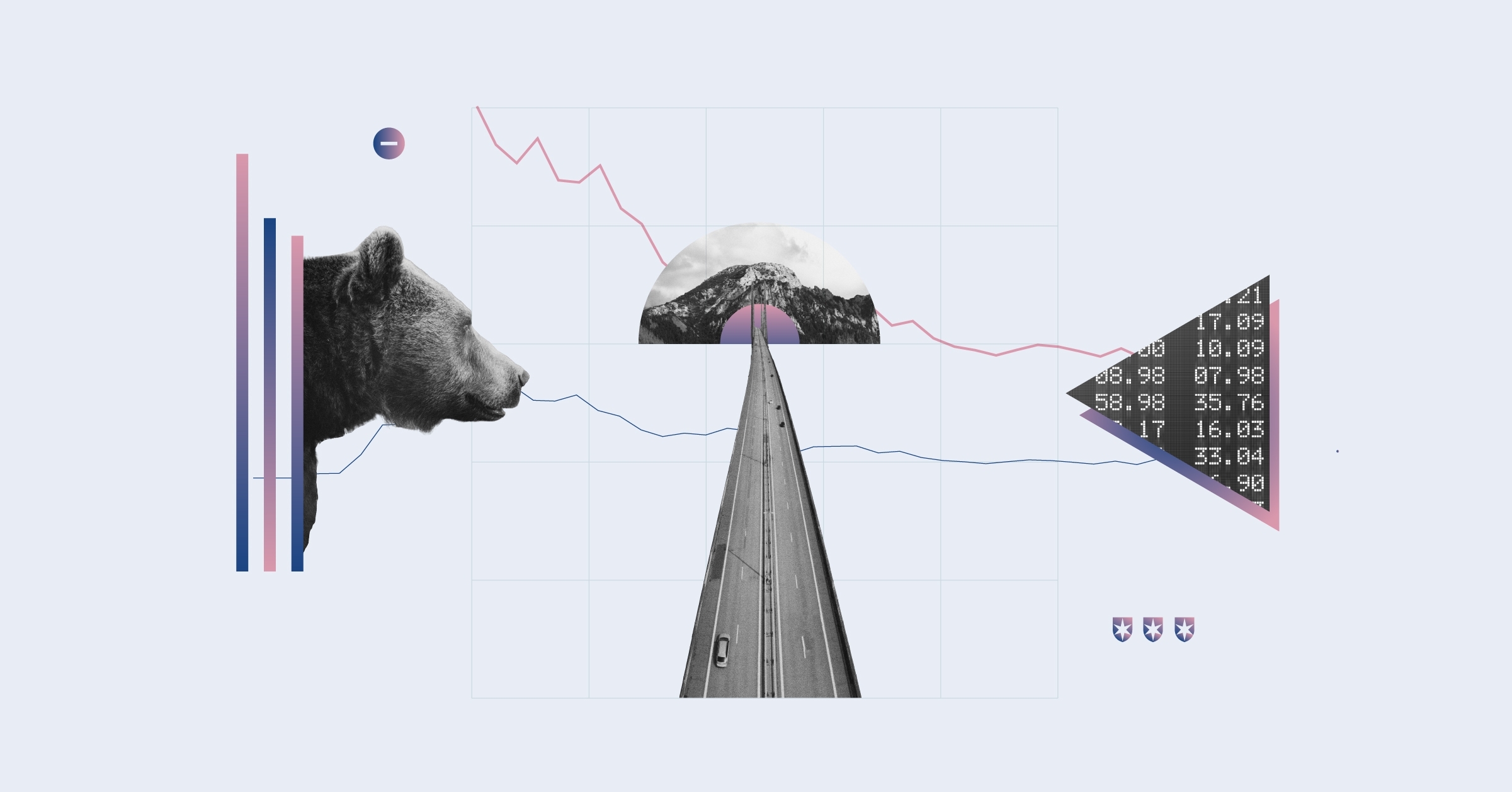Many investors became concerned about inflation the moment central banks started to flood markets with cash and cut interest rates to record lows in the wake of the financial crisis. However, so far the reality is that the cheap money made available by policy makers hasn’t fed into the economic system as expected, and inflation has remained under control in most developed countries including the US and Europe, although not in the UK.
Should Investors Hedge Against Inflation?
The question remains whether investors should consider inflation as part of their investment decision processes in the first place.
Simply put, an inflation hedge is akin to paying for insurance, though with one key advantage in that even if the risk event--in this case inflation--does not materialise, investors will get money back and also have the opportunity to generate a return on the paid premium. As such, any risk-averse investor should consider protecting their portfolio against inflation.
Many investment advisers and journalists often highlight commodities--gold in particular--as a hedge against inflation. Unfortunately, analytical studies routinely show a fairly tenuous correlation between gold and inflation, as measured by the consumer price index (CPI). In fact, in some cases, such correlation can turn negative, so that if inflation rises, the gold price drops. Exactly the opposite of what investors hope for. So if gold is not a suitable hedge, what other commodity is?
What the Academics Say...
Most of the research in this field is US-based and analyses the correlation between various commodities and US inflation. The mistake many non-US investors make is to automatically assume that whatever proves a good hedge in the US will equally be so elsewhere. However, as the study by Keith Black et al shows (see table below), the correlation between commodities and inflation can differ across regions.
In Europe, only agricultural products over three and five years, and cattle over five years, offered statistically significant protection against inflation. Although gold is considered by many as a hedge, precious metals, however, negatively correlated to inflation across all periods and regions.
One should bear in mind that correlations in Europe and Asia are calculated in relation to the average inflation across different countries. As such, the results may not be as clear in these two regions as in the US and should be read with caution. Besides, as commodities are priced in US dollars, the correlation between commodities and domestic inflation is influenced by foreign exchange rates to some degree. Hence, the exchange rates within these regions would need to be accounted for as well.
Moreover, it should be noted that correlation between all commodities and inflation is highly volatile. From 1983 to 2007, the 1-year rolling correlation in the US ranged from -0.8 to +0.8, while over longer periods it seems to be more stable. Therefore, commodities can be both effective and ineffective when it comes to hedging against US inflation over the short-term. However, further studies would be required to draw any meaningful conclusions for Europe and Asia.
Expected vs. Unexpected Inflation
Before analysing how investors can protect their portfolios against inflation in general, we should first distinguish between expected and unexpected inflation. Unexpected inflation refers to the difference between expected and actual inflation and is generally caused by shocks, such as those in the oil price, for instance. As expected inflation in stocks and bonds is already priced in to some degree, unexpected inflation is the one that investors should aim to protect against.
According to the same study (see table below), US investors would have a broad range of options to choose from to protect their portfolio against unexpected inflation. For Asian investors, however, it is more difficult. In fact, there is no commodity offering a significant positive relation to either expected or unexpected inflation. Meanwhile in Europe, only energy offers a significant hedge against unexpected inflation. It is worth noting that the statistically significant results of the composite commodity index relates exclusively to the positive relationship between inflation and the energy sector, as the table below illustrates. Precious metals on the other hand showed a statistically significant negative relationship to expected inflation.

Based on the findings of this study, the following ETFs could be suitable as an inflation hedge:
Broad-Basket Commodities
The ETFS All Commodities DJ-UBSCI ETF (USD) provides investors with a broad-basket commodity exposure across the most economically significant commodity sectors by offering a balanced broad-basket commodity futures exposure to the energy, agriculture, industrial, precious metal and livestock sectors. The index’s weightings are based on the economic significance of each commodity sector. In identifying economic significance, the index primarily draws on liquidity and production information, which are weighted using a 2:1 ratio respectively. Therefore, the index provider emphasises market liquidity over production factors in determining economic significance.
The EasyETF S&P GSCI TM Capped Commodity 35/20 A (Euro Unhedged) (EUR) also provides investors with a broad-basket commodity exposure. The difference to the DJ-UBSCI is the weighting of the individual commodities. The S&P index’s weightings are based strictly on production information. S&P caps the weight of the largest constituent commodity at 35% and all remaining commodities at 20% on a quarterly basis. As a result, the energy sector represents almost 70% of the index, double its weight in the DJ-UBSCI.
The db x-trackers DLBCI - OY Balanced 1C (EUR) also provides exposure to a broad-basket commodity index. The index applies a strict asset allocation and will rebalance annually in November to target sector weights: energy (35%), precious metals (17%), industrial metals (18%) and agriculture (30%). In contrast to other broad commodity index trackers, the db x-trackers DBLCI OY Balanced ETF tracks an index that attempts to address the dynamic nature of commodity futures curves by employing an “optimum yield” methodology that seeks to maximise the implied roll yield when moving from one futures contract to another.
Energy
The ETFS Energy DJ-UBSCI ETC (USD) provides exposure to five energy sectors. The reference index is a sub-index of the DJ-UBS Commodity Index. The individual commodities are primarily weighted based on liquidity. As of writing, WTI crude oil represents 28.9% of the index’s value, only slightly more than natural gas (26.0%). The remaining commodities are brent crude (18.8%), unleaded gasoline (14.3%) and heating oil (12.0%).
Given the significant correlation between energy and inflation, the EasyETF S&P GSCI TM Capped Commodity 35/20 and the ETFS Energy DJ-UBSCI (DE) ETC are probably the most suitable products to hedge a portfolio against inflation. However, investors should be aware of the drawbacks of investing in commodity-indices.
More on this topic can be found in the article “Be Cautious with Commodities”.





























